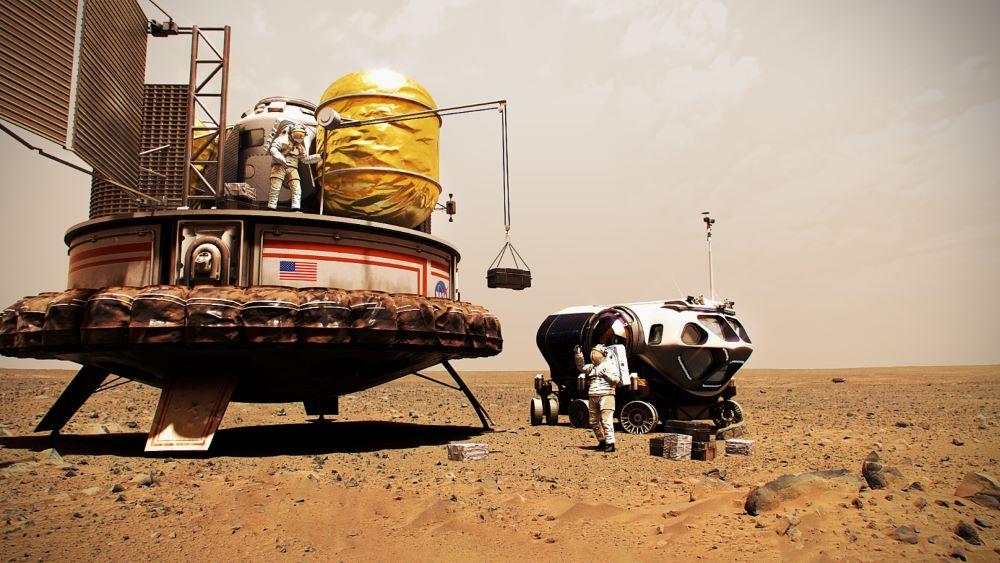
Artist's concept of humans on Mars.
Credit: NASA
HOUSTON—A committee assembled to develop a science strategy for the future human exploration of Mars outlined its priorities during its first virtual town hall on Sept. 19. The National Academies of Sciences Engineering and Medicine (NASEM) panel also acknowledged the mission’s extreme challenges...
Subscription Required
National Academies Outlines Human Mars Exploration Priorities is published in Aerospace Daily & Defense Report, an Aviation Week Intelligence Network (AWIN) Market Briefing and is included with your AWIN membership.
Already a member of AWIN or subscribe to Aerospace Daily & Defense Report through your company? Login with your existing email and password.
Not a member? Learn how you can access the market intelligence and data you need to stay abreast of what's happening in the aerospace and defense community.





